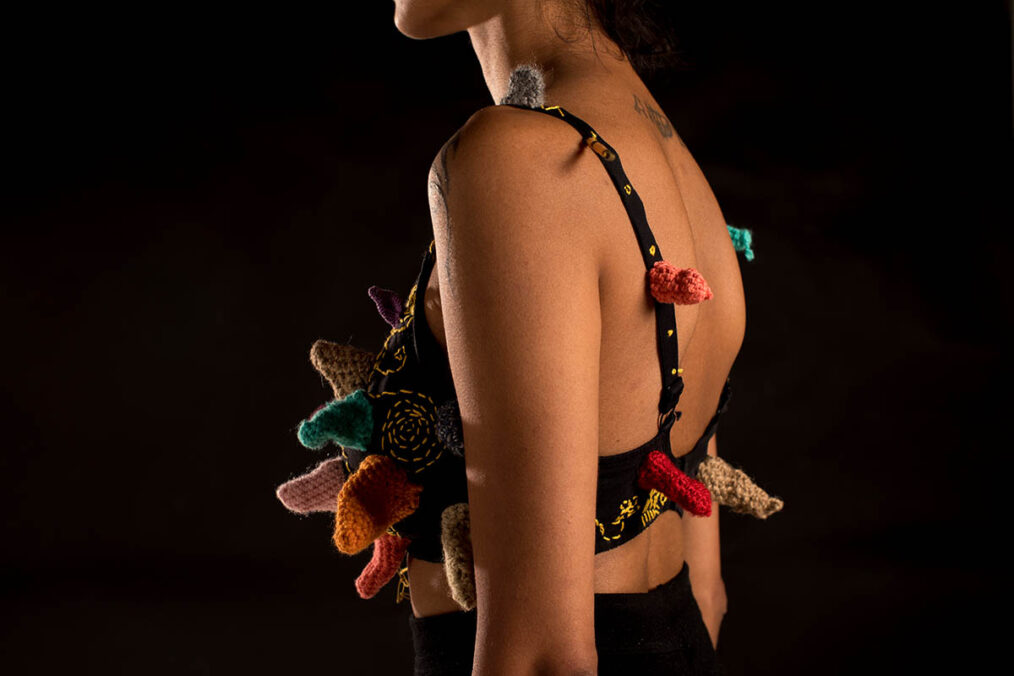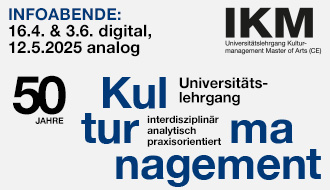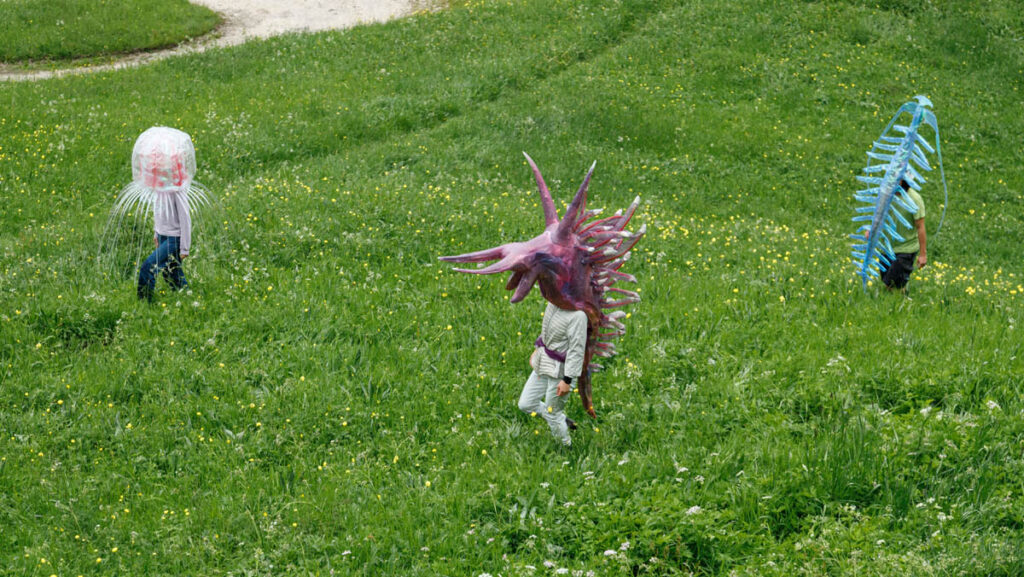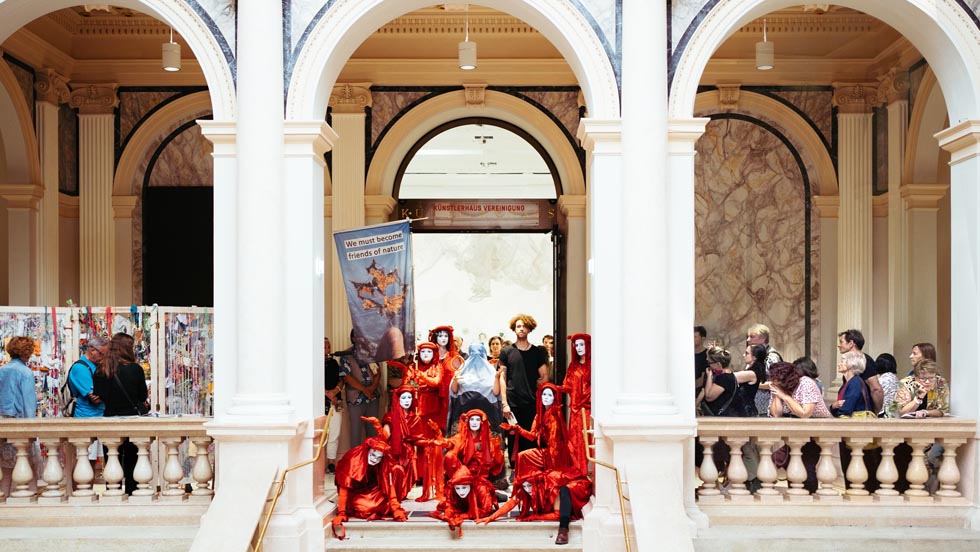
These are weighty topics that Shubhangi’s art tackles in unexpectedly disarming ways – armour made of forgotten gloves, or a handwritten manual about bombs that is designed to fail. In her artistic approach, Shubhangi seems to be drawn to what is flawed and fragmented, to what you can seize in the palm of your hand. In her world, stories become entangled and you can watch things disintegrate. So when Shubhangi tells me that she will be working on a public sculpture for the Viking Museum in Oslo, I am very curious to know more on how she will go about it. A few months later, I contact her for the following conversation, which takes place remotely while she is visiting her family in Mumbai.
Season 1, Episode 3: A conversation with Shubhangi Singh

A: I thought you would be in Norway!
S: The Norway project happens sometime early 2026. I might go to Oslo soon. We attempt to visit in-person once every six months. It will start intensively when the museum is about to be opened. Right now, it’s going to go through its construction phase so there’s not enough room for us to be on site.
A: To create a public sculpture must be a long project…
S: Yes, definitely if it is a permanent public sculpture!
A: What is this Viking Museum about?
S: Now it’s called the Museum of the Viking Age instead of the Viking Museum. It’s not very large. You would think it’s massive because it has many large artefacts. The largest artefacts are the three ships: Gokstad, Oseberg and Tune. The museum building is going through a renovation. It is a fairly old building and so there was a sort of constant vibration from the visitors’ activities and movements. Because the ships are over a thousand years old, the vibrations were affecting the ships to the extent that they, the conservators and the museum’s curators, deduced that the ship wouldn’t last too long.
A: A sinking ship!
S: Yes! Which is funny, because it is already a buried ship. It has already sunk, it has gone through the life it was expected and made for, and was buried a few years later, intended to not surface, but then it was unearthed again. Now, it has to have this second life that it wasn’t expecting to have. In a way it’s kind of a zombie ship!
A: To do something about Vikings is a bit frightening. Although, I just read that the horn helmets are not real.
S: Yes, if we were to mention this to the archeologists, they would lose their shit! (Laughs)
A: How did you end up working on Vikings in Norway?
S: It is outrageous! It is purely because of the trust that the two curators, Mechu Rapela and Drew Snyder, placed in me. There was this lecture-performance I had done as part of Rehearsing Hospitalities, which is a Frame initiative at Artsi Museum. There were curators visiting as they do as part of the visiting curators programme that Frame facilitates. Mechu happened to come to my lecture performance on the opening day.
A few months later I get an email from her saying–– we have this project and we would like to do an online studio visit. To me, a studio visit is just like a hang. I have zero expectations. It makes everything better for me when I think of it as nothing more than a free, open, transaction-free conversation without pinning any expectations upon myself or the other person. That way is just two humans interacting and not: “What is my strategy?”, “What is my agenda here?”. So I was doing just that, just hanging. After they had explained the Norway project to me, I was like, “thank you for telling me about it!”
A: How did you react to the commission?
S: I went through all stages of grief. (laughing) After they described the work to me, they mentioned that they were commissioning five artists. I really liked the format of the commission, which I will get to in a minute. But at the time, I was like, “okay, thanks for sharing.” It took me a while to comprehend that they were, in fact, proposing me as one of the five artists. I understood the scale but I don’t think I fully, entirely fathomed it at that moment.
A: You also have worked on armours, gun powder, and since the Viking has had this warrior influence…
S: The Museum is to look at the Viking history and culture and how enmeshed it is with Norwegian identity. It has been challenged a bit now but there is this sense of purity, of being custodians of this prime culture. It’s these questions of identity that the project is trying to shake loose. The commissions seek to problematize this historical perception of the Viking culture, which the Viking Museum too capitalizes on. The horns that you mentioned, they would sell that maybe at the museum shop even. I’m actually not sure but in a lot of Norwegian souvenir shops you see the horns being sold. They are also playing on the same self-caricature-ness. On the popular depictions that help further the lore.

A: Besides the critical approach, you also have humour. I was reading your zine How Not To Make A Bomb and I was laughing so much.
S: Ah, yes, it’s so comical, this world that we live in. We cannot extract humour from the absurdity that is this life. The logic of violence seems almost comical, at least, when it is still theoretical. For instance, there is this reverence of the Viking era but ships are so frail that they have protect it with their lives and resources. Did I mention to you the sledge?

A: I don’t think so.
S: They have this beautiful, thousand year old sledge at the museum. During the construction, they had to move it from one spot to the other. Just a few feet, I believe. But in order to do that, it had taken them days. They had to do it super slowly, it’s like moving an ancient old man. You cannot hurry the process! Everyone has to slow down. Usually, for construction, one is expected to wear these safety shoes. but if they wore that while shifting the sledge, there was a chance that it could create vibrations that would be dangerous for the sledge. It could come undone. The construction company had to ask permission to wear soft shoes just for that task. There is so much bureaucracy that goes in the upkeep and maintenance of these super fragile objects that are entangled with the identity of the country. Sure, they are artefacts of cultural value but this fragility has to be protected, with what? With wealth, with resources. The Norwegian Government is putting in so much money to conserve these objects that spill into the national identity because, otherwise, it’s so fragile, it would just fall apart.
A: So how did you go about with your project?
S: It is a long project. Really spread out. About the format of this commission, it is important to know that KORO is part of the Norwegian constitution. The people who are constructing the museum are legitimately stressed so that they don’t often have the bandwidth to entertain art, artists or the curators and yet, they would have to because it is written into the constitution, which I think, is remarkable. This was interesting to me. Second, the curators didn’t really have a plan for what the five commissions would look like, that is, whether they would be separate works, or one large collaboration. The other artists are so interesting and have a lot of experience whereas my only public sculpture was only for the period of three months.
A: Your armours are made of textile. They are not very “monumental”.
S: True. For me, the awareness that the curators were familiar with the work helped me in knowing that I don’t have to suddenly know how to forge a sculpture or something. So I can freely imagine something else that could be made possible. This figuring out part was incredibly interesting. The five artists would meet several times to bounce ideas off each other. We were proposing works to each other for several weeks.

A: What a wonderful way to go about!
S: Truly. The format has been so interesting to me. They were super long meetings once every two weeks or so where each of us would present a sketch, an idea and the rest would provides thoughts, reflection, oversights and feedback. And here, I’d say that my co-artists are very accomplished artists. And yet, like myself, they too put themselves through this process to be open to feedback from everyone where we are saying: “oh, I don’t know if this works, or, this seems problematic, or, are you looking at it that way, this aspect is really funny, maybe you should explore that a bit.”
The works that have come about is after a bunch of chitchat and hanging with each other. There is a lot more collaborativeness in that unassuming sense. The initial idea of possibly making a collaborative work seemed much more patch-worky, like one of those, how is it called… where you fold the paper, passing it around and everyone draws something without seeing?
A: Exquisite corpse!
S: Exactly! It would resemble that if everybody tacked on the tail. Eventually, we decided to do five separate works but still together. The first part was to make a collective proposal together. Let me show you the proposal. This proposal is largely for the culture ministry and the museum folks. There are a lot of archaeologists and people who are planning the new museum in the mix, too. It could not be a standard proposal because it is produced out of so much collaboration. We have a lot of images and even our WhatsApp chats in it.
A: Ha, I have never seen that before in a proposal.
S: It is also the first time that a proposal has land acknowledgment perhaps. And these [showing the proposal from far] are parts of the many meetings that we were having together. Sigrid Espelien, who is a wonderful ceramic artist, is also my favourite drawer. She would make the cutest notes in real-time. Jim Særnblom is a phenomenal writer. He was first brought into the group as someone who writes texts and mediates with words, but he has a formal education as a sculptor who would also be making a work. Then there is Germain Ngoma, he is Zambian Norwegian and is a master sculptor, very experienced and Carola Grahn, a very sharp Sámi Swedish artist.
A: What did you end up with?
S: I went through several plans and iterations. Eventually, I was thinking of these counter monuments and the history of how counter monuments have been part of a conceptual framework that critiques monuments. Or monumentalism that permeates into nation building and hence, uncritical nationalism. I am looking at the ship itself like a monument which is more than simply an artefact of cultural value. Many companies use the Viking ship as this logo or brand identity, how ubiquitous it is in the Norwegian culture. Not all people of the Viking era were in fact, Vikings, that is well documented. Perhaps the seafaring warriors who raided and pillaged were considered Vikings. People belonged to different regions and villages. Regular villages with everyday lives and societies. But because the Viking identity felt so grand and phenomenal, it is what has stuck most. I am thinking of removing this monument from view, entirely. I will be adopting this metal rig. I wanted to initially work with the rig of the larger ship – the Oseberg ship. But to bury it at the museum’s premises, I would have had to dynamite some rocks to fit it. I don’t want to dynamite no rocks! (Laughs)
A: Finally, to dynamite something!
S: Feels so excessive! So I am going for a smaller version of the ship. The rig for the Tune ship is far smaller in size. It has longevity, that’s for sure, the rig is made to last. And I’m repurposing the existing metal instead of bringing more into the world. I have decided to use the rig which holds the ship but then completely absent the ship itself, which is the biggest attraction for the museum. If I remove the ship from the discourse, what happens then? I am looking to bury this rig almost halfway through, if not wholly. You kind of see the shape of this ship but the ship isn’t there. The conversation of the ship is not totally absent because you know it’s right there, inside the museum. But by removing it, I hope to fill the space with whole other imaginations of activities and identities. If you remove the elephant from the room, you can put in a library, a grand piano, perhaps a playroom for kids.

A: This creation of an absence seems also to be the way you go about in your zine How Not To Make A Bomb, which is about not doing something, about not making the bomb. In this case, not showing the ship.
S: I love this idea of absenting. As opposed to absence, absenting feels more active, more ‘present’, an active participation in removing something from sight. I was thinking of absenting as an aware conscious action rather than something just being absent, something simply not existing. Absenting, on the other hand, sort of feels that you are an observer and participant in the transformation of something from existing into not existing.
A: Maybe as a verb…
S: As a present-continuous verb. Being actively participating in the absenting of something. The removal of the ship from consciousness is an act of active absenting that I am hoping to undertake. I am taking accountability of that. I will also be in the line of fire if I have to, for all the other consequences that come from actively absenting something even the the theory.
A: Shipping and the colonial routes have been a continuous interest of yours.
S: The seas sort of have. I have grown up with it. My father used to be in the Merchant Navy and in my entire growing up memory, he was travelling from one port to another. Conversations about the ship and the seas have been part of our everyday life. My mother works in shipping too. To date, she has being going back and forth between the Andaman Islands that she works on and Mumbai. The island is like a shipping port and she has to work with the ferries that take the local passengers around. I am constantly surrounded by the sea and conversations about the sea. Yes, shipping has definitely been an interest. Especially the trade routes. Looking into the Viking ships, I was looking a lot at the channels of trading. Trade was the Vikings’ primary venture. There were not enough resources so there was so much desperation that let one to go to other places to bring in more resources. I put it softly even when I don’t feel as forgiving.
A: Also, in your work, war has been a recurrent topic.
S: Yes, hold on, let me show you something.
(Showing me a wooden bow and arrow)
S: This one is maybe for Survival Kit, a show later this year in Riga, which is also about looking at sea-routes. One of the works I’m hoping to produce was going to be a larger sculpture, but at this point it is just going to be a toilet plunger (laughs).
A: When is this happening?
S: Early September. It still feels that as much as I am avoiding violence, war making and the production of war are what I am also contending with at this point. It’s the world that we live in right now, and is inescapable.
A: When will you be making your permanent sculpture in Oslo?
S: I am waiting on the rig. The rig is holding up the boat currently. When the museum is finished, close to the time of the opening, that’s when they will be dismantling the rig and shifting the boat to its new resting spot.
A: How big is this smaller ship? What is small, Viking-wise?
S: This Tune ship was the speed boat of the ships (laughs). It’s much smaller. It’s not a longship, that was meant for long voyages. The Tune ship was possibly meant for others to get to the larger ships, to get from one village to the other, or to transport resources to the trading ships. It was meant for quick, shorter journeys.
A: Do you know the exact size?
S: I think it is, let me see… The rig is 14 meters. It holds the ship not too snuggly. The job of the rig is very interesting. It has this industrial look, and has been made specifically for this boat. They didn’t have any room for error.
[Door bell rings. Alphonso mangoes are being delivered]
S: The point of monuments… they transfer the feeling that a community wants to feel, onto the monument, including the thinking, the grieving, the responding to a moment or an event. The monument is kind of a proxy for everything a person is expected to feel or think. It has a job to do. The rig too is similar like that: “I have the job of protecting this… (making a holding gesture)”. When the job is done, it suddenly has no purpose. It is dismantled and sold off. But you know, when it is not tasked with protecting the ship, it can be anything you want it to be!
Shubhangi Singh – www.shubhangi-singh.com
Link previews episode: Mauzoun. Poetically Balanced
Curating, writing and teaching brings An Paenhuysen to many places in the art world, from an artist studio in the 22-story tall Meritomi in Helsinki, a senseless residency in Milan, to the Kempinski Hotel in Dhahran. Often, on those journeys, she meets people who are doing something interesting, different and new. In this series, you will read about these encounters with artists, publishers, researchers, gallerists, curators that gave off a sparkle so that An turned it into an interview.





